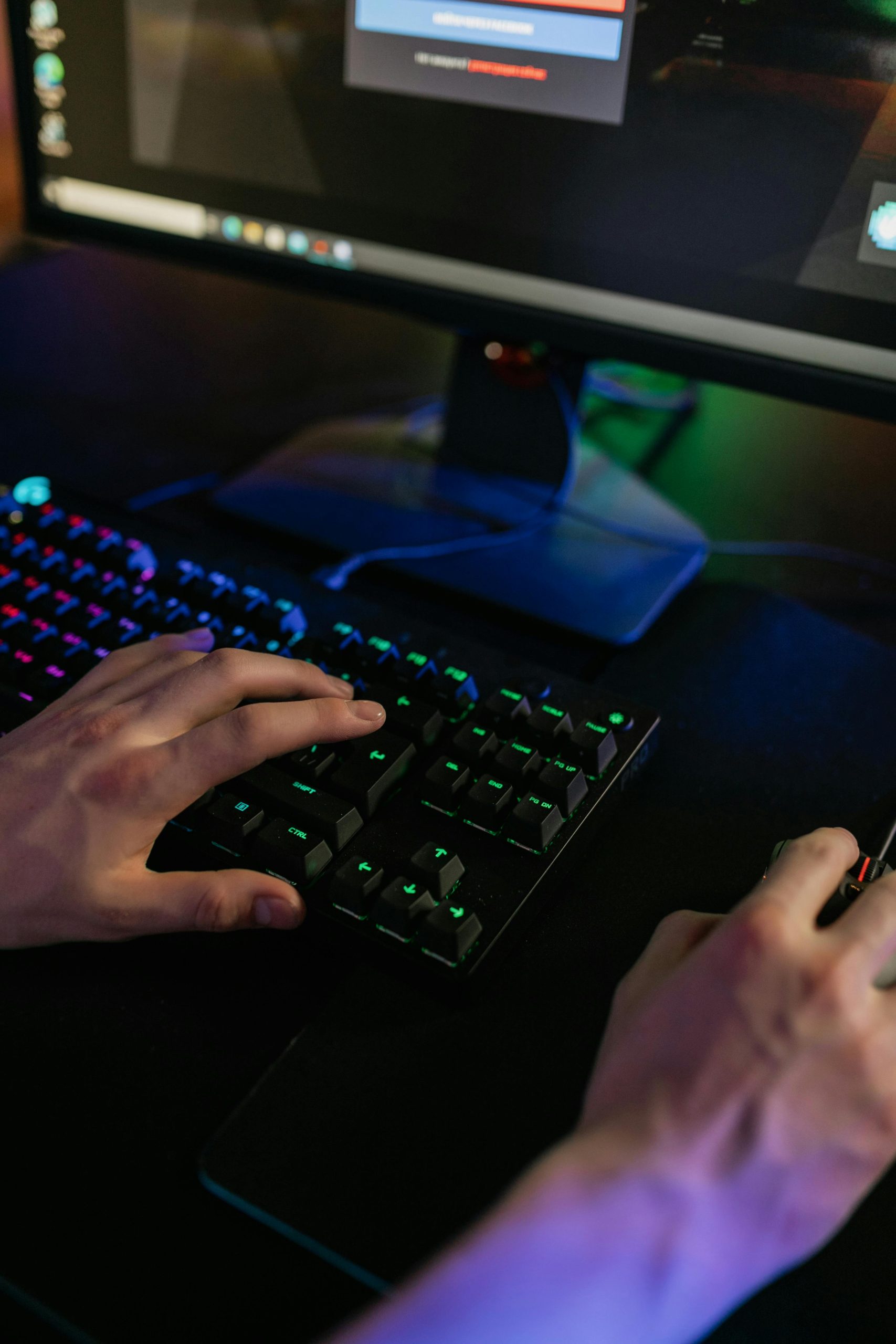Troubleshooting iqvw64e.sys Driver Error Causing Loss of Input Devices on Intel NUC 8i7BEH2
Experiencing input device issues such as unresponsive mouse and keyboard during startup can be both frustrating and disruptive. Recently, a user encountered a persistent driver error on an Intel NUC 8i7BEH2, specifically related to the “iqvw64e.sys” driver, which resulted in the loss of control over essential input peripherals. This article explores the nature of this issue and offers corresponding troubleshooting strategies to resolve it effectively.
Understanding the Issue
The user reported seeing the following error message during system startup:
“iqvw64e.sys A driver cannot load on this device.”
This driver, “iqvw64e.sys,” is associated with Intel’s Management Engine System Interface driver. Errors related to this driver can potentially interfere with normal system operations, including input device functionality. Additionally, attempts to access BIOS or Windows Recovery mode were unsuccessful, compounding the difficulty of resolving the problem.
Key Challenges Encountered
- The system displayed a driver load error preventing input from mouse or keyboard.
- Standard methods to access BIOS (pressing F2) did not respond.
- Attempts to enter Windows repair mode by force shutdowns were unsuccessful.
- Removing the BIOS jumper J9G1 led to BIOS recovery mode, but input devices remained unresponsive.
Step-by-Step Troubleshooting Approach
When facing such issues, it’s crucial to methodically approach the problem to restore system control. Below are recommended steps:
1. Ensure Hardware Connections
- Test Cables and Ports: Confirm that the mouse and keyboard are functioning by testing them on another device.
- Try Different Peripherals: Use different USB ports or different peripherals altogether, including wireless devices with known working batteries.
2. Power Cycle and Peripheral Reset
- Power down the NUC entirely.
- Disconnect all peripherals and power sources.
- Press and hold the power button for 10-15 seconds to discharge residual power.
- Reconnect only the essential input devices and power on the device.
3. Attempt BIOS Access via Alternative Methods
- If F2 is unresponsive during boot, try pressing the Delete key or other manufacturer-specific key combinations.
- Use a wired keyboard directly connected to different USB ports, preferably USB 2.0 ports, as they tend to be more compatible during early boot phases.
4. BIOS Recovery Mode
Share this content:

